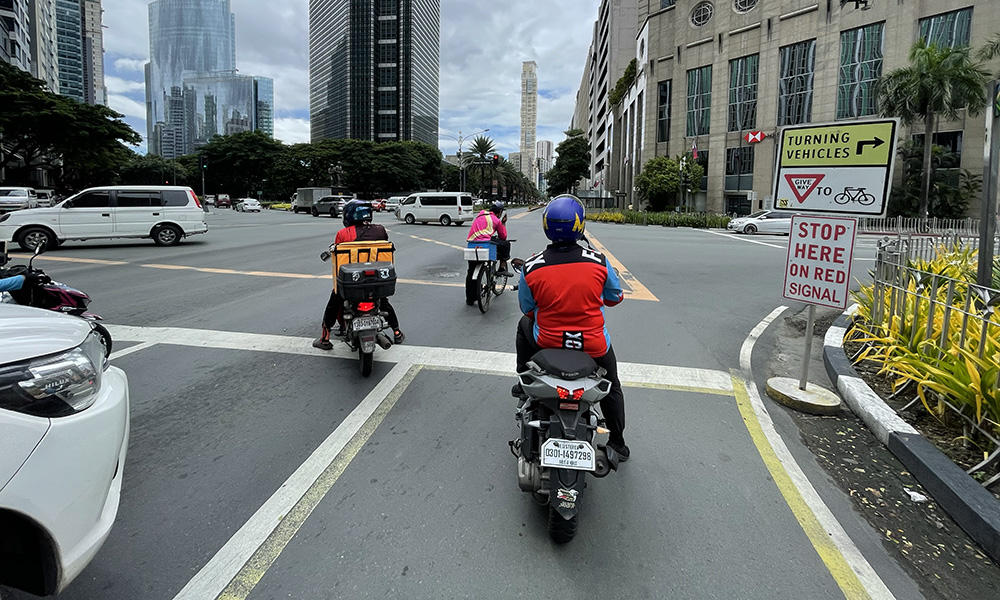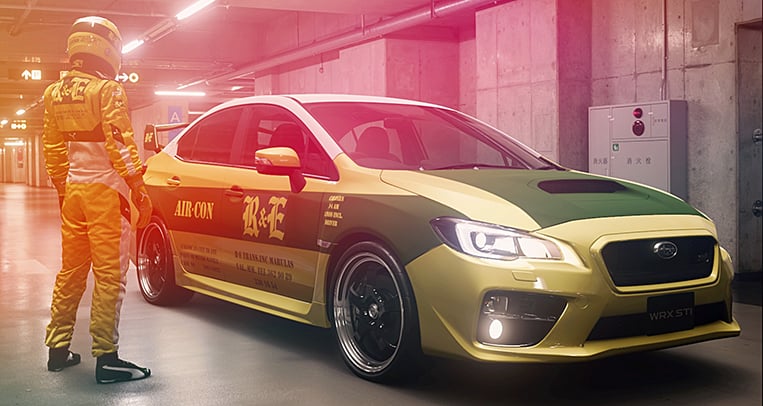
Recently, a graphic was passed around showing purported guidance for turning at intersections with bike lanes. Claiming to be guidance from a certain “Bicycle Coalition,” it advertises that when turning right, drivers should drive into a bike lane and that cyclists should pass around them to the left.
There is not much other context provided—no context as to when drivers should start occupying the bike lane; no context as to whether they should yield to cyclists going straight; and no instruction to drivers to yield to cyclists passing any vehicles that are suddenly occupying their lane.
When thrust into the middle of a Philippine transport scene with many self-styled experts and unclear policy leadership, it causes a lot of confusion.

There are many ways I can begin talking about this misguidance, but frankly, the information in the meme is a mistake. And it’s shocking to see people fall for it. It turns out disinformation isn’t just limited to health and history—but even motoring and road use. It’s shocking to see bad guidance passed around as if it was good. So what should be done? Here are some things we should be thinking about when presented with memes like the above:
First of all, before you even get to the idea of what the rules are, we should go back to the first principle, that when you have greater power on the road, you have greater responsibility. Yes, Uncle Ben was on to something.
A lot of people complain that “it’s always the car’s fault” in collisions, but guess what? In a crash, the person in a car is most likely to injure others with his/her mistakes, and least likely to be injured himself/herself.
Our entire system of road rules is to ensure that drivers do not want only use their vehicles as weapons to intimidate and even hurt others. Drivers literally have the most power on the road (physics-wise), and it would do well to keep that as a general frame of mind when operating your vehicle. Be empathetic, and drive as you know and love the people you share the road with.

Second (and again), before we get to rules, we should be looking at the physical environment that our rules operate in. That means designing our intersections well. Don’t worry, manuals exist for this kind of stuff.
One of my favorite references for this purpose is Don’t Give Up at the Intersection by NACTO (National Association of City Transportation Officials), which is a guide all about ensuring road safety at intersections when bicycles and motor vehicles mix. There are a number of viable prescriptions there, but my favorite is the implementation of protected intersections that make turning movements safer for both cyclists and cars.
It sounds extreme to learn that an entire manual exists as a reference just for this niche topic, but we wouldn’t blink twice if a doctor consulted the most specific research when dealing with health conditions. Transportation safety should be taken as seriously.

And finally, if you’ve gotten this far, how should we actually approach turning movements? LTO’s guidance in LTO MC 2021-2267 instructs that drivers should be “extra careful when turning at intersections” and should “make sure that there are no cyclists approaching from behind.”
For anyone slower on the uptake, that is an instruction to yield to cyclists who are going straight instead of driving into his/her path. As a driver and frequent bike commuter, I appreciate drivers who stop to let cyclists and pedestrians pass safely—and I say that whether I’m the cyclist being yielded to, or if I’m in the car that is yielding.
One of the worst types of people is the guy who blasts cars that stop for people crossing pedestrian lanes. Don’t be that guy, eh? Get used to a culture of respecting vulnerable road users—it’s the only way we can get unnecessary cars off the road and unclog our city.
It’s time we moved past memes and demanded that transportation officials do their jobs with the seriousness that other professionals approach theirs. Our country is at the intersection of many changes in our transportation system. Let’s not allow bad practice to get ahead of good.











Comments